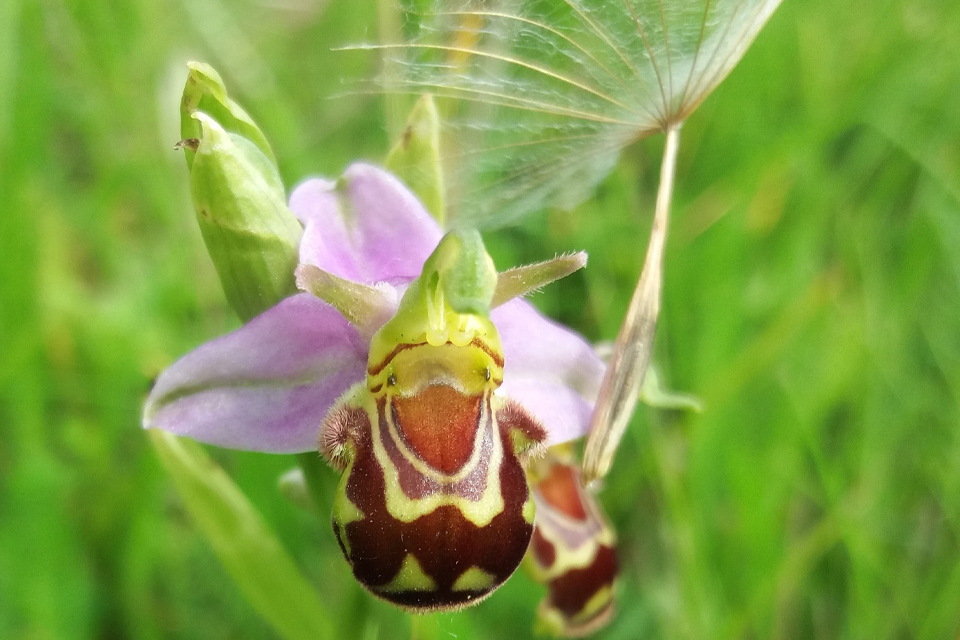Highways England has transformed sections of the A64 along the York Bypass, the Howardian Hills Area of Outstanding Natural Beauty (AONB), and Seamer from areas of open grass with occasional patches of scrub into species rich grasslands full of wildflowers.
More than 12 hectares - an area the size of 12 international rugby pitches - were seeded and planted at the end of 2019 and now, in Bees' Needs Week, more than two dozen different species are flourishing including yarrow, sneezewort, oxeye daisy, meadowsweet, betony, cowslip and devil's bit scabious, creating an attractive highway for insects.
Bees' Needs Week (12-18 July) is an annual event coordinated by Defra, working alongside charities, businesses, conservation groups and academic institutions to raise awareness of bees and other pollinators. Read this previous press release.
Tim Haskell, Senior Environmental Specialist for Highways England in Yorkshire and the North East, said:
Bees and other pollinators are a vital part of so many ecosystems. We rely on them to pollinate the food we eat and the trees and flowers that provide havens for wildlife. It's not an exaggeration to say that without them we would struggle to survive.
The reduction in wildflower-rich grasslands over the past 70 years is one of the biggest factors leading to declines in our native insect pollinators. Restoring and creating these habits will help to reverse the loss and help to reconnect pollinators across the landscape.
We've been able to link up fragmented areas of species-rich grasslands to create a more joined up wildlife-rich, sustainable, diverse and aesthetically-pleasing grassland habitat on a landscape scale. Basically, the verges look good and do good and are a fantastic example of how Highways England is building back greener.

A bee orchid alongside the A64 near Askham Bog nature reserve
The locations were chosen because the verges are relatively wide and therefore less affected by vehicle pollution and spray from the road, and for the ability to improve connectivity with neighbouring wildlife sites such as the Askham Bogs nature reserve.
Biodiversity surveys will be carried out later this summer to identify further species that have been attracted to the area since the work began.
Highways England have funded support to this project through the Environment and Wellbeing Designated Funds programme.






